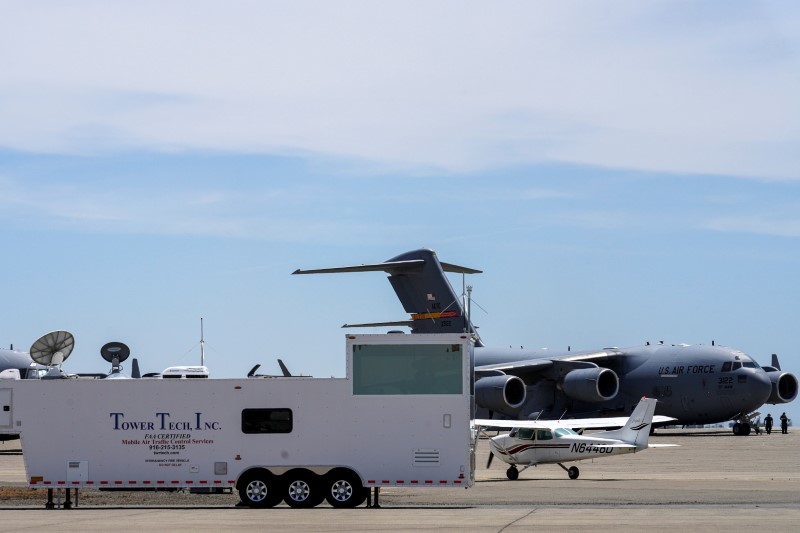

3, 1981: About 13,000 PATCO members go on strike after unsuccessful contract negotiations. Contract negotiations with the FAA stall.Īug. Citing safety concerns, PATCO calls for a reduced 32-hour work week, a $10,000 pay increase for all air-traffic controllers and a better benefits package for retirement.
#AIR TRAFFIC CONTROLLER 3 EDITROR PROFESSIONAL#
A look at key events before the strike, and after:ġ968: The Professional Air Traffic Controllers Organization is created.įebruary 1981: New contract negotiations open between PATCO and the Federal Aviation Administration, which employs the air-traffic controllers. In the decades before 1981, major work stoppages averaged around 300 per year today, that number is fewer than 30. In August 1981, President Ronald Reagan fired thousands of unionized air-traffic controllers for illegally going on strike, an event that marked a turning point in labor relations in America, with lasting repercussions.


Striking air-traffic controllers picket outside of the FAA headquarters in Fremont, Calif., Aug. Prior to PATCO, it was not acceptable for employers to replace workers on strike, even though the law gave employers the right to do so, he says. Georgetown University historian Joseph McCartin is writing a book about the PATCO strike.

Subsequently, management began going after all unions for concessions and laying people off, he says. Back in 1981, labor negotiations centered around the size of workers' raises. Moffet calls the strike a "calamity," not just for the fired air-traffic controllers, but for unions everywhere. Moffet says the strikers believed if they were gone, the safety of the flying public would be at risk. He says the union wanted a shorter work week and higher pay. When PATCO went on strike in 1981, Ken Moffet was the chief federal mediator.
#AIR TRAFFIC CONTROLLER 3 EDITROR PLUS#
According to the union, salaries average a little more than $100,000, plus benefits. He says the union is walking away from a contract that not only protects salaries but will also raise them through performance-based measures. Under the last contract, the annual cost of paying air-traffic controllers has climbed by $1 billion. "It is deprofessionalizing air-traffic control."įAA spokesman Jeff Basey says his agency is starved for cash. "This proposal is not simply a, 'We want to roll back the gains that were made in the last contract,'" she says. New hires would be paid far less than they are today, she says. We've never trained new hires at places like that." "So what we'll see is new hires going into very busy airports - Dallas, Fort Worth, Atlanta, Chicago. "Experienced controllers who transfer to busier facilities would take a large pay cut to do it," Marlin says. Ruth Marlin, executive vice president of NATCA, says these concessions will make it harder for air-traffic controllers to do their job. NATCA and the FAA cannot agree on a new contract, so the FAA plans to impose its own contract, which includes major wage concessions. Today, tensions are once again high between the Federal Aviation Administration and the union that eventually emerged to replace PATCO, the National Air Traffic Controllers Association. He said the striking air-traffic controllers were in violation of the law if they did not report to work within 48 hours, their jobs would be terminated. In response to the walkout, President Ronald Reagan issued one of the defining statements of his presidency. 3, 1981, more than 12,000 members of the Professional Air Traffic Controllers Organization walked off the job, setting off a chain of events that would redefine labor relations in America. National Archives and Records Administration On August 3, 1981, President Reagan gave the PATCO strikers 48 hours to return to work.


 0 kommentar(er)
0 kommentar(er)
